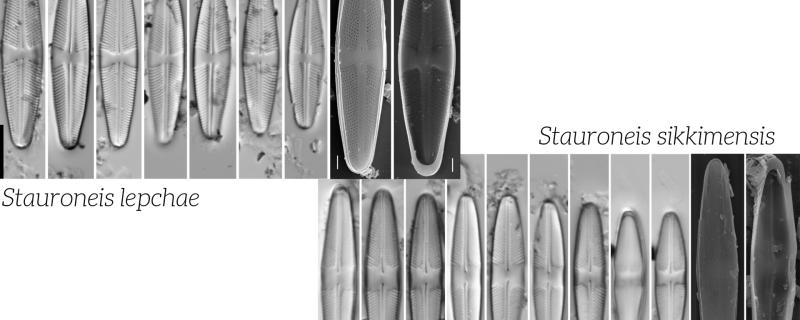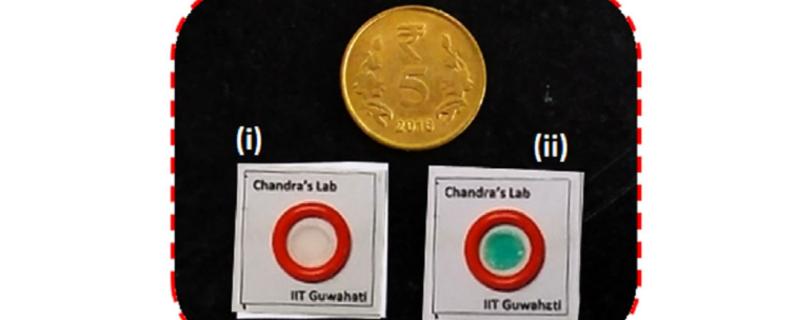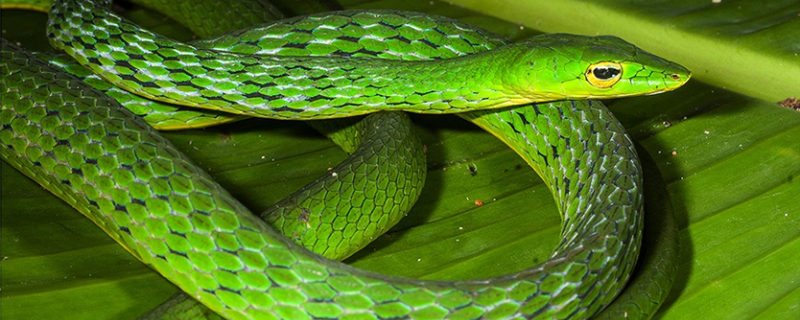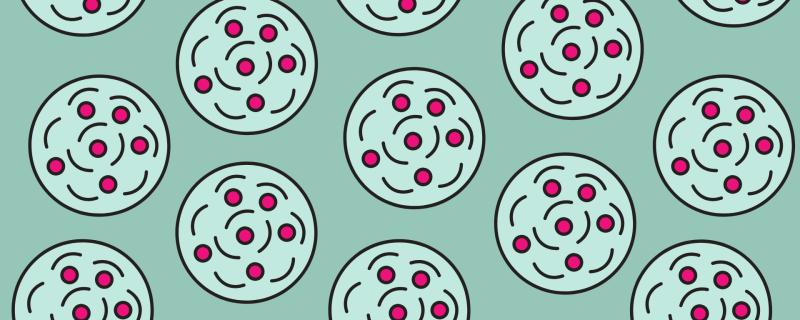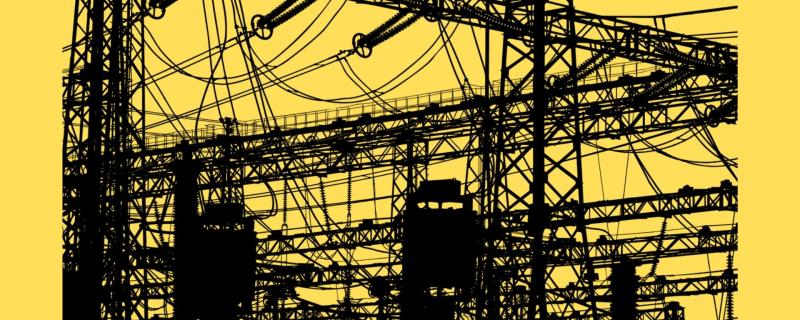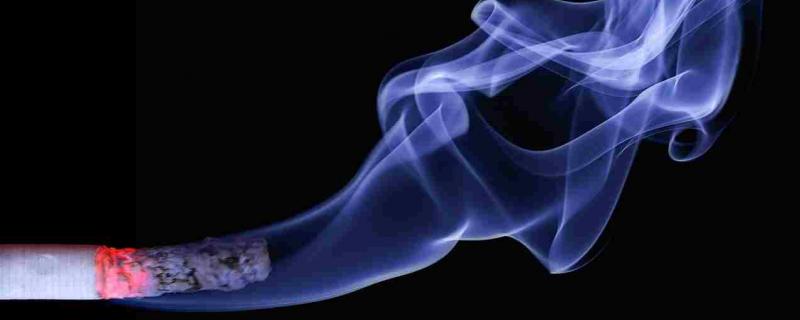What do you get when a trip to Sikkim does not follow the plan, thanks to hectic schedule and unfavourable weather? It's frustration for many; an "Eureka!" moment for some! A trip, meant to meet up with fellow scientists, ended with the discovery of two new species of diatoms—Stauroneis sikkimensis and Stauroneis lepchae.
IIT Bombay’s microfluidic device that rapidly measures stiffness of human cells can help investigate relation between stiffness and disease condition
Mumbai/ Oct 11, 2024

